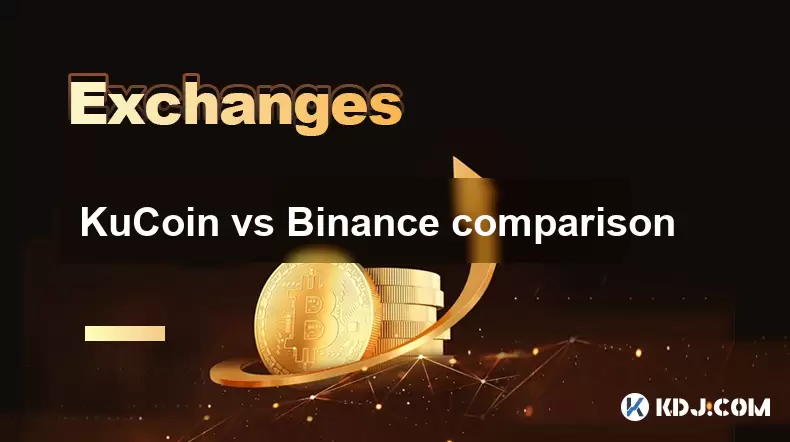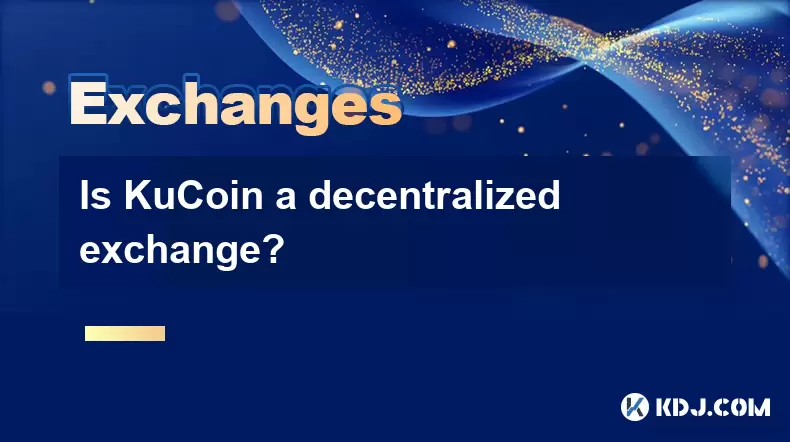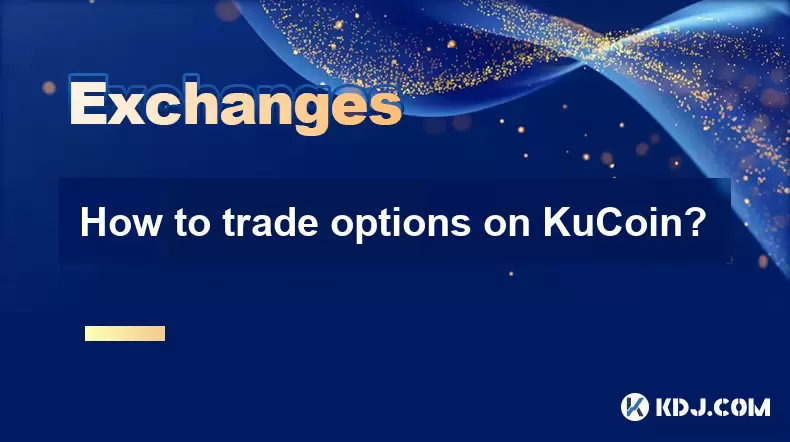-
 Bitcoin
Bitcoin $117400
-0.46% -
 Ethereum
Ethereum $3768
0.60% -
 XRP
XRP $3.551
2.09% -
 Tether USDt
Tether USDt $1.000
0.00% -
 Solana
Solana $203.2
11.30% -
 BNB
BNB $770.9
1.92% -
 USDC
USDC $0.9999
0.01% -
 Dogecoin
Dogecoin $0.2709
-0.02% -
 Cardano
Cardano $0.9024
4.49% -
 TRON
TRON $0.3139
0.60% -
 Hyperliquid
Hyperliquid $45.60
-1.41% -
 Stellar
Stellar $0.4730
-1.34% -
 Sui
Sui $4.025
2.15% -
 Chainlink
Chainlink $19.79
2.19% -
 Hedera
Hedera $0.2724
-2.39% -
 Avalanche
Avalanche $25.93
3.05% -
 Bitcoin Cash
Bitcoin Cash $524.0
-1.83% -
 Shiba Inu
Shiba Inu $0.00001558
0.50% -
 Litecoin
Litecoin $116.7
-0.30% -
 UNUS SED LEO
UNUS SED LEO $8.996
0.00% -
 Toncoin
Toncoin $3.334
1.83% -
 Polkadot
Polkadot $4.506
0.34% -
 Uniswap
Uniswap $10.99
4.83% -
 Ethena USDe
Ethena USDe $1.001
0.03% -
 Pepe
Pepe $0.00001461
3.17% -
 Monero
Monero $320.3
-1.01% -
 Bitget Token
Bitget Token $4.935
0.36% -
 Dai
Dai $0.9998
0.00% -
 Aave
Aave $322.4
-1.25% -
 Bittensor
Bittensor $455.6
9.33%
KuCoin vs Binance comparison
Binance offers a more intuitive interface and higher liquidity, while KuCoin provides a broader selection of cryptocurrencies and niche trading pairs for advanced users.
Jul 19, 2025 at 01:35 pm

Platform Overview and User Interface
When comparing KuCoin vs Binance, the first aspect to evaluate is the platform's user interface and overall accessibility. Binance is known for its clean and highly intuitive design, catering to both beginners and experienced traders. Its interface allows users to switch between basic and advanced trading views seamlessly. The dashboard includes a wide range of features like market data, price charts, and quick access to deposits and withdrawals.
KuCoin also offers a user-friendly interface but is slightly more complex for newcomers. It includes a broader array of features on the homepage, which can be overwhelming for first-time users. However, once users get accustomed to the layout, they may find KuCoin offers a more customizable experience, especially for those who want to access niche trading pairs and features.
Both platforms provide mobile apps with similar functionality to their desktop counterparts. Binance's app is widely praised for its responsiveness and ease of use, while KuCoin's app offers unique features like community-driven trading insights and a built-in crypto wallet.
Trading Fees and Volume
Trading fees are a crucial factor when choosing between KuCoin vs Binance. Binance employs a tiered fee structure based on the user's 30-day trading volume and BNB holdings. The standard trading fee is 0.1%, which can be reduced to as low as 0.02% for high-volume traders or those holding sufficient BNB.
KuCoin, on the other hand, uses a maker-taker fee model. The standard fees are 0.1% for takers and 0.05% for makers, which can also be reduced by holding KuCoin Shares (KCS). KuCoin's fee structure is more transparent for individual trades, but users may find it slightly more complex to calculate total costs compared to Binance's volume-based approach.
In terms of trading volume, Binance consistently ranks as the largest cryptocurrency exchange globally. It offers high liquidity across a vast number of trading pairs, making it easier for users to execute large trades without significant slippage. KuCoin also provides robust liquidity, particularly for altcoins, but its overall trading volume is lower compared to Binance.
Supported Cryptocurrencies and Trading Pairs
The number of supported cryptocurrencies and available trading pairs plays a vital role in the KuCoin vs Binance comparison. Binance supports over 300 cryptocurrencies, including major coins like Bitcoin, Ethereum, and BNB, along with numerous altcoins and stablecoins. It also frequently lists new projects, especially those on its native blockchain, Binance Smart Chain.
KuCoin boasts an even larger selection, with over 400 cryptocurrencies listed. This makes it a preferred choice for traders interested in discovering emerging projects and niche tokens. KuCoin also offers more trading pairs, particularly for altcoins, giving users access to a broader market.
One notable difference is that Binance tends to list projects with strong fundamentals and partnerships, while KuCoin is more open to early-stage tokens. This means KuCoin may carry higher risk due to potential volatility and lower liquidity for some assets, but it also provides opportunities for early investment in promising projects.
Security Features and User Protection
Security is a top priority for any cryptocurrency exchange, and both KuCoin and Binance have robust measures in place. Binance uses a multi-layered security approach, including two-factor authentication (2FA), anti-phishing codes, and biometric login options. It also has a Secure Asset Fund for Users (SAFU), which acts as an insurance fund to protect users in case of a security breach.
KuCoin also offers 2FA, email/SMS alerts, and withdrawal whitelists. It has implemented cold storage for most user funds and has a dedicated security team monitoring the platform 24/7. However, KuCoin faced a significant security breach in 2020, which led to the temporary freezing of withdrawals and a major overhaul of its security protocols.
Both platforms emphasize user education on security best practices. Binance provides a Security Center with tips and guidelines, while KuCoin offers regular security updates and community alerts. Despite past incidents, both exchanges have taken significant steps to enhance their security infrastructure.
Customer Support and Additional Services
Customer support is another critical factor in the KuCoin vs Binance debate. Binance offers 24/7 support via live chat, email, and a comprehensive help center. It also has a ticketing system for more complex issues and provides multilingual support in several major languages.
KuCoin provides customer support through email and live chat, but its response time can be slower during peak hours. It also maintains a detailed knowledge base and community forums where users can find answers to common questions. KuCoin's support team is generally helpful, but some users have reported delays in resolving account-related issues.
Beyond trading, Binance offers additional services like Binance Earn, Binance Launchpad, and Binance NFT, providing users with opportunities for staking, initial exchange offerings (IEOs), and digital collectibles. KuCoin also has similar offerings, including KuCoin Earn, KuCoin Spotlight, and KuCoin NFT, but its ecosystem is slightly less developed compared to Binance's.
FAQs
Q: Can I trade fiat currencies on both KuCoin and Binance?
A: Yes, both KuCoin and Binance support fiat trading pairs. Binance offers a wider selection of fiat options, including USD, EUR, GBP, and others, through its P2P and fiat gateway services. KuCoin also supports fiat trading, but availability may vary depending on your region.
Q: Are there any restrictions on withdrawals for new users?
A: Yes, both platforms impose withdrawal limits for new accounts to enhance security. These limits can be increased after completing identity verification. Binance typically has higher default limits compared to KuCoin, but both require KYC for full access.
Q: How do referral programs differ between KuCoin and Binance?
A: Binance offers a referral program where users earn a percentage of their referrals' trading fees. The rate varies depending on the user's VIP level. KuCoin also has a referral program with similar mechanics, but it offers additional bonuses for high-tier users and long-term referral rewards.
Q: Can I use both platforms simultaneously?
A: Yes, many traders use both KuCoin and Binance to take advantage of unique features and trading pairs. However, users should be mindful of security practices and avoid reusing passwords or recovery phrases across accounts.
Disclaimer:info@kdj.com
The information provided is not trading advice. kdj.com does not assume any responsibility for any investments made based on the information provided in this article. Cryptocurrencies are highly volatile and it is highly recommended that you invest with caution after thorough research!
If you believe that the content used on this website infringes your copyright, please contact us immediately (info@kdj.com) and we will delete it promptly.
- XRP, Bitcoin, Ripplecoin: Navigating the Crypto Landscape in 2025
- 2025-07-22 20:30:13
- Cardano Ecosystem Watch: Can PayFi Token Remittix Trigger an ADA Overtake?
- 2025-07-22 20:50:13
- JasmyCoin Price Forecast: Chart Analysis Points to Potential Surge
- 2025-07-22 20:55:13
- Trump, Bitcoin, and Altcoins: A New York Minute on Crypto's Political Play
- 2025-07-22 21:00:13
- Shiba Inu, XRP, and Little Pepe: Navigating the Meme Coin Mania in NYC
- 2025-07-22 21:30:13
- Bitcoin's Role in IntelBroker's Takedown: A New Era of Crypto Crime Enforcement
- 2025-07-22 21:10:15
Related knowledge

KuCoin mobile app vs desktop
Jul 19,2025 at 08:35am
Overview of KuCoin Mobile App and Desktop PlatformThe KuCoin ecosystem offers both a mobile app and a desktop platform, each designed to cater to diff...

Is KuCoin a decentralized exchange?
Jul 18,2025 at 03:15pm
Understanding Decentralized Exchanges (DEXs)To determine whether KuCoin is a decentralized exchange, it's essential to first understand what defines a...

How to trade options on KuCoin?
Jul 19,2025 at 03:42am
Understanding Options Trading on KuCoinOptions trading on KuCoin allows users to speculate on the future price movements of cryptocurrencies without o...

What are KuCoin trading password rules?
Jul 20,2025 at 07:56am
Understanding the Purpose of a Trading Password on KuCoinOn KuCoin, a trading password serves as an additional layer of security beyond the standard l...

Who is the CEO of KuCoin?
Jul 20,2025 at 09:35am
Background of KuCoinKuCoin is one of the largest cryptocurrency exchanges globally, known for its diverse range of trading pairs and user-friendly int...

Lost Google Authenticator for KuCoin
Jul 19,2025 at 02:35am
Understanding the Importance of Google Authenticator in KuCoin SecurityGoogle Authenticator is a critical tool used by KuCoin users to enable two-fact...

KuCoin mobile app vs desktop
Jul 19,2025 at 08:35am
Overview of KuCoin Mobile App and Desktop PlatformThe KuCoin ecosystem offers both a mobile app and a desktop platform, each designed to cater to diff...

Is KuCoin a decentralized exchange?
Jul 18,2025 at 03:15pm
Understanding Decentralized Exchanges (DEXs)To determine whether KuCoin is a decentralized exchange, it's essential to first understand what defines a...

How to trade options on KuCoin?
Jul 19,2025 at 03:42am
Understanding Options Trading on KuCoinOptions trading on KuCoin allows users to speculate on the future price movements of cryptocurrencies without o...

What are KuCoin trading password rules?
Jul 20,2025 at 07:56am
Understanding the Purpose of a Trading Password on KuCoinOn KuCoin, a trading password serves as an additional layer of security beyond the standard l...

Who is the CEO of KuCoin?
Jul 20,2025 at 09:35am
Background of KuCoinKuCoin is one of the largest cryptocurrency exchanges globally, known for its diverse range of trading pairs and user-friendly int...

Lost Google Authenticator for KuCoin
Jul 19,2025 at 02:35am
Understanding the Importance of Google Authenticator in KuCoin SecurityGoogle Authenticator is a critical tool used by KuCoin users to enable two-fact...
See all articles

























































































